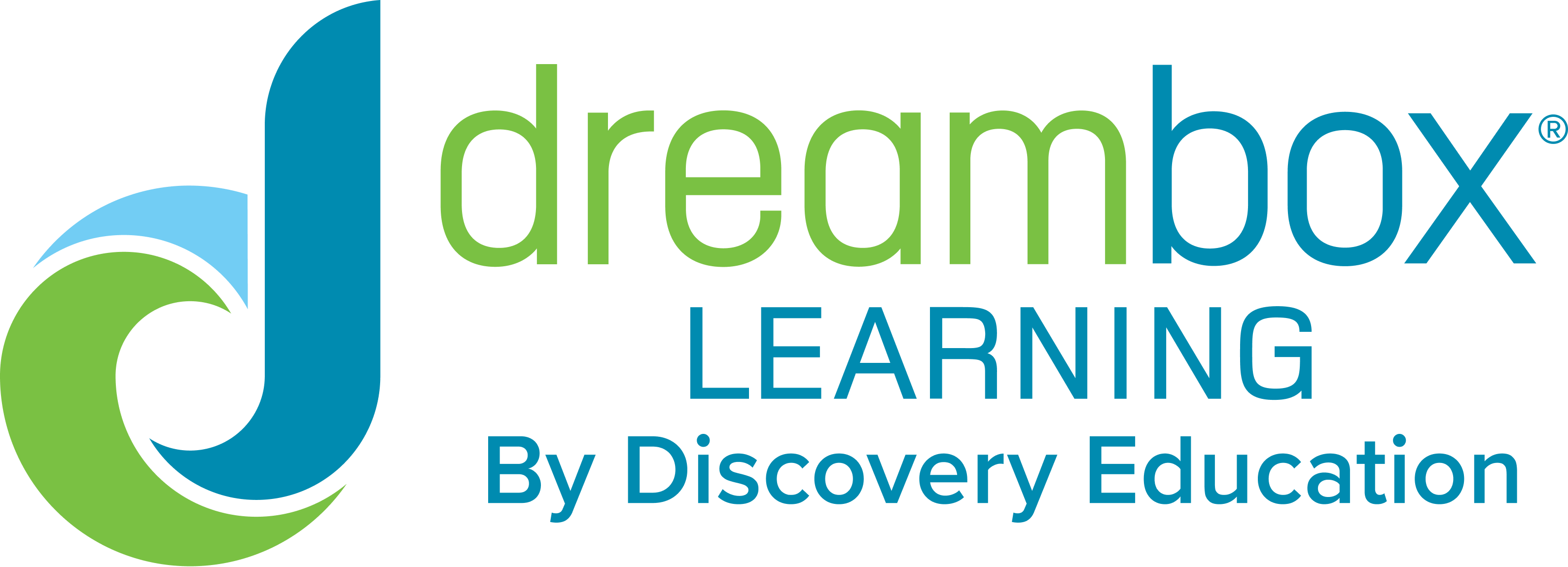Blogs
Six Strategies to Help ELLs Succeed in Math & 9 Free Math Activities for K–8 ELLs
February 07, 2017
SHARE NOW
The majority of the 5.5 million English language learners in the U.S. public school system speak Spanish as their first language, which makes the capability of teaching math in Spanish, using bilingual teachers or teaching assistants, a high priority. Many of these students may have difficulty learning effectively in English and require specialized or modified instruction, either from their teacher or a Spanish online math program.
Here are six strategies to help ELLs succeed in math:
1. Utilize Bilingual Faculty and Support Staff
There is evidence that Spanish-speaking teachers, or ancillary staff who speak Spanish, can help ELLs to build math skills as they build vocabulary in both English and mathematics. “The Inclusive Classroom, Teaching Mathematics and Science to English-Language Learners” supports the idea that when students use their native language in the classroom to work with their peers or individually, their academic performance as well as English-language development improves. Additionally, skills in content areas like mathematics and social studies, once understood in the first language, are retained when instruction shifts to the second language.
Mathematics for English Language Learners (MELL), a research-to-practice project for ELL educators facilitated by the Texas State University System Education Policy Implementation Center, provides a broad range of resources for teaching math to English Language Learners, including a dictionary of English/Spanish math terms commonly used in middle school.
2. Set High Expectations With A Rigorous Curriculum
The National Council of Teachers of Mathematics (NCTM) and U.S. Department of Education researchers Eugene Garcia and René Gonzalez recommend teaching to a rigorous, standards-based curriculum and never lowering expectations for ELLs even though additional time and instruction will likely be required. They also suggest that students are best equipped to meet and exceed math expectations when they are provided with abundant and diverse opportunities for speaking, listening, reading, and writing as their teachers encourage them to take intellectual risks, construct meaning of math concepts, and seek reinterpretations of knowledge within compatible social contexts to make better sense of mathematical ideas.
3. Use Visual Contexts and Manipulatives
Visual math manipulatives provide students with limited English proficiency ways to construct physical models of abstract mathematical ideas. Multiple modalities are effective in promoting critical thinking and problem-solving skills. Virtual manipulatives have the added advantage of enabling new types of engagement and promoting self-directed learning in a highly interactive, digital environment.
4. Implement Personalized, Individualized, and Blended Models
Combining face-to-face instruction with online learning has yielded strong results as an education strategy. A study from the U.S. Department of Education demonstrated that blended learning classes produce statistically better results than their face-to-face, non-hybrid equivalents. When education technology uses pedagogically sound approaches and curriculum materials, it can increase the individualization of each student’s learning experience. Technology support also allows teachers to expand and more strategically use the limited time they have as facilitators of math learning for ELLs. This powerful approach can be leveraged to create the additional time required to meet ELL needs.
For schools that are trying to meet the needs of all ELLs with limited time and resources, an investment in technology, particularly adaptive technology, can enable a more personalized blended learning model that meets the needs of all students.
5. Use Assessment That Is Balanced and Dynamic
NCTM suggests that a best practice for ELLs in math is empowering them to demonstrate and explain their understanding in multiple ways. Latino ELLs often have an incomplete grasp of academic math language, so traditional tests aren’t able to provide a complete view of each student’s understanding of math concepts. ELLs commonly know more math than they can demonstrate on traditional assessment instruments.
For example, Research has shown that math test items can be linguistically modified to reduce language load without altering the construct being assessed. In a study conducted by the U.S. Department of Education, linguistic modifications produced an improvement on math tests among ELLs, while English-proficient (EP) scores remained the same.
6. Increase Engagement and Motivation
Making curriculum engaging and accessible to all students is key. One way to improve engagement is to drive greater oral participation for ELLs in math classes. Improved verbal communication in mathematics is not only a way to demonstrate conceptual understanding, it also has the additional benefit of promoting language-learning overall.
Using game-like activities, in class as well as online, is another great way to engage ELLs and EPs alike, and can aid in developing problem-solving skills and persistence. The most effective math games reward students for both achievement and effort. This is particularly true when trying to level the playing field for Latino ELLs struggling with language.
For more information on six strategies for teaching math to ELLs, be sure to download the white paper, Strategies to Close Math Gaps for ELLS, by Dr. Tim Hudson, PhD.
Free Math Activities
| Grade Level | Activity |
|---|---|
| K | Match the Monster Game |
| K | +1 flashcards |
| K | PBS Kids interactive on-line videos in Spanish
Learn to count with Curious George |
| K–1 | Poster: Learn Counting in Spanish (and 3 other languages) |
| 1-2 | Money Magic Online Quiz |
| K-5 | Como ayudar a su hijo con las matemáticas
At-home fun math activities in Spanish for parents and kids |
| 5-8 |
Students use math and other skills to design houses and share them with others |
| 6-8 | Fact Monster: Facts about Hispanic Heritage
The latest data about the Hispanic/Latino population and economy to use in real-world math problems |
| K-8 |
Lesson plans and games developed by teachers; dozens of free, downloadable math activities |

@DreamBox_Learn










